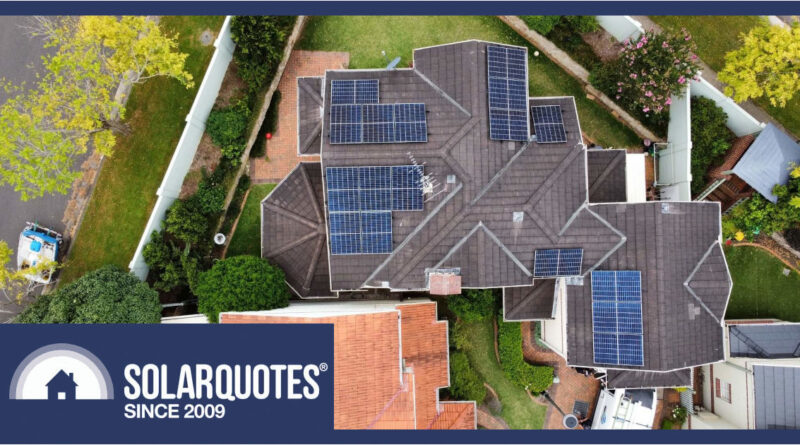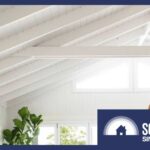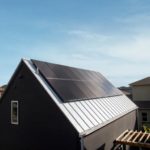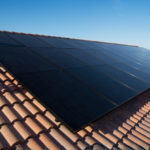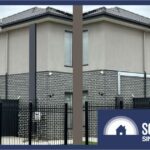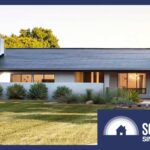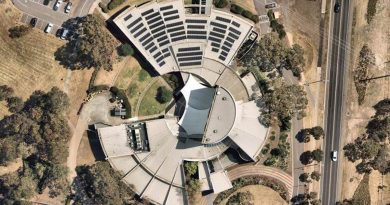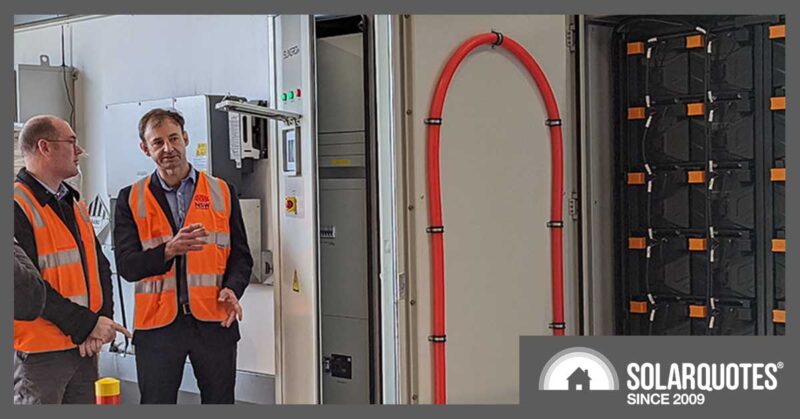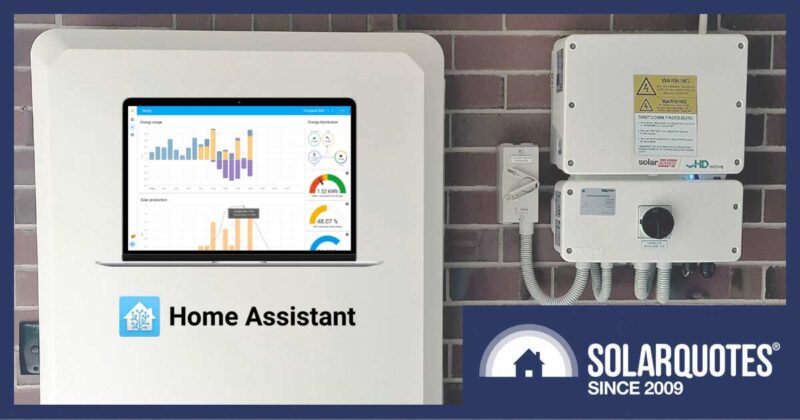Talking Solar To Builders – We Need Better Thinking From the Roof Down
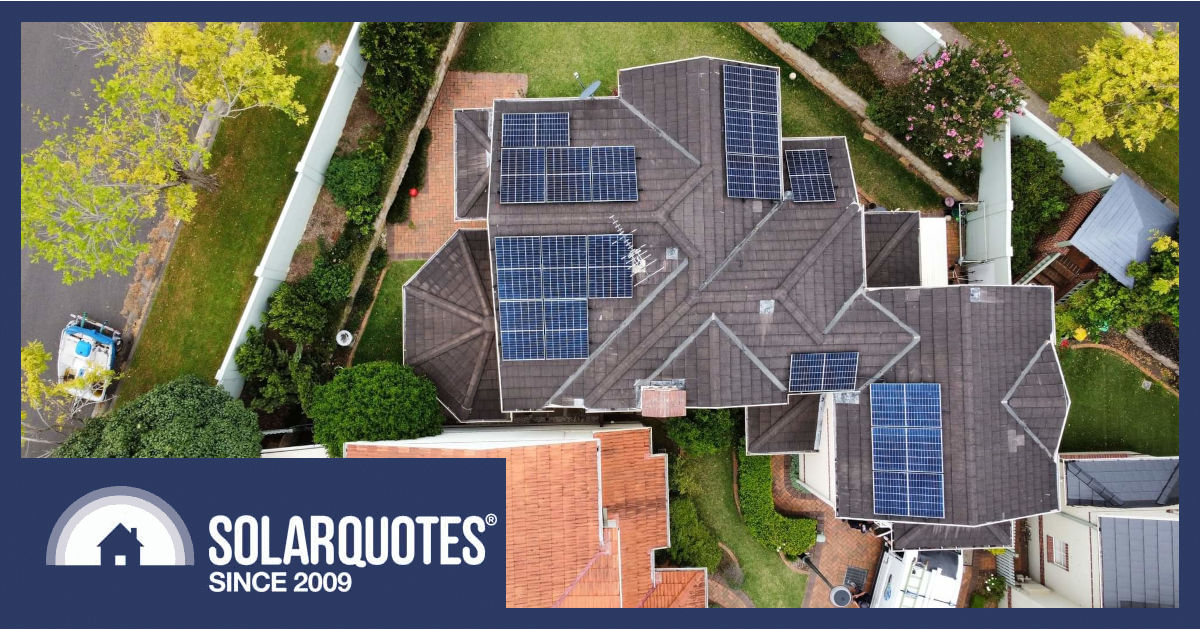
As a qualified solar electrician, roof plumber, licensed contractor and supervisor, I have seen the ugly truth behind Australian roofs first-hand. The sad reality is the roofs I’ve worked on could move anyone to tears if only they realised the opportunity missed for both passive and active solar power system design.
Please bear with me. This post is as important as it is long.
Introduction: The State Of Australian Roofs
It’s hard to know what’s driving the way Australians build, but it’s not common sense.
- Fashion seems to dictate insipid monument grey 1 is the only colour to use. If only we could get fleet car buyers to specify houses, there would be more light-coloured roofs, like there are appliance white cars.
- Developer and local government rules dictate you can’t have shiny metal cladding. The grace of aged galvanising is replaced with faded paint.
- Ludicrous complexity has become a virtue.
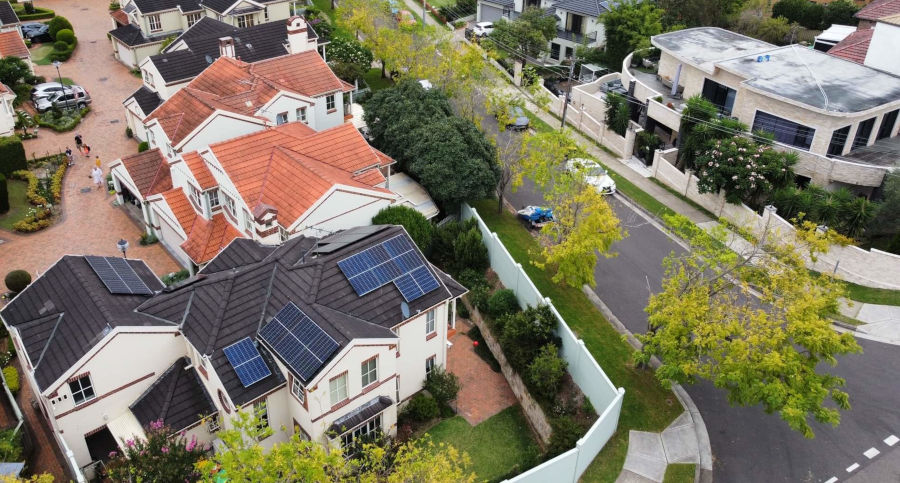
Despite 32 hips & valleys installers did well to get 17 panels onto this dinky mini mansion, but look over the road, at the house with 28 fewer roof planes…
The Issue With Complex Roof Designs
Growing up in a c.1875 house replete with iron lace and solid stone walls, I appreciate that ceiling height is directly proportional to happiness and, more importantly, you can’t have a decent verandah without height to hang it from.
Driving through the suburbs makes me despair. I call it federation virus: turned finials, Dutch gables, bay windows, and “bullnose” verandahs that have almost no curve because the house they’re attached to just isn’t tall enough to legally have both 2050mm headroom underneath and a 5° fall to shed water.
These places look like a poor imitation because they are, but they’re still not as ridiculous as the quintuple-fronted modern house with parapet walled portico.
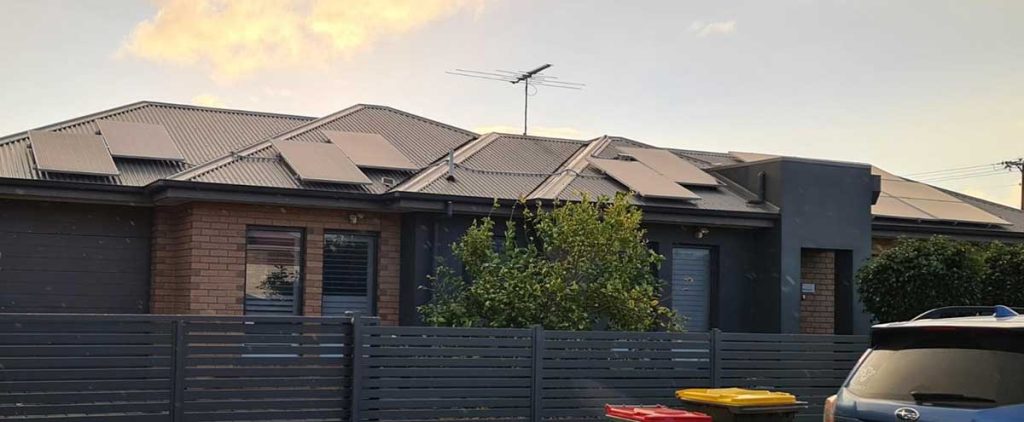
Just look at it. Call me uncharitable, but whoever designed this roof should be thrown off it. After they’ve been forced to crawl through the ceiling space to run those solar conduits properly.
Builders Aren’t Adventurous, They’re Stuck
There seems to be a perverse power imbalance at play, I’ve often heard people saying:
“The builder won’t let us do that.”
It makes me wonder, who’s working for who exactly?
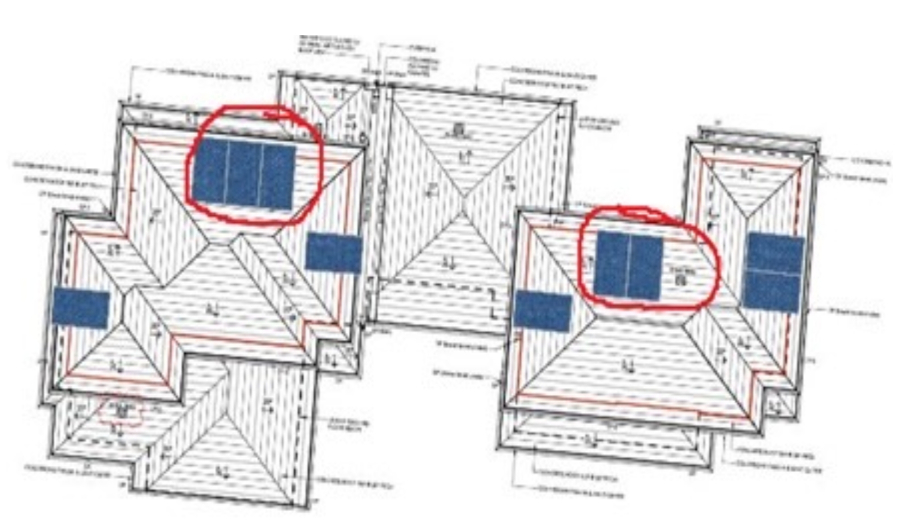
A couple of two-storey townhouses, where the upper levels have no less than 29 hips, ridges and valleys. The developer lied to the customer that single panels couldn’t work because they didn’t want to buy more expensive microinverters. In any case a terrible roof design.
From the trade perspective, customers looking to change anything, especially ones asking for extra time or material can be seen as troublemakers. Variations are expensive. Just moving a tap could cost hundreds, so savvy investors simply buy what’s on the plans.
If you start talking about energy efficiency, you must be some weirdo greenie, and you’ll cop what is called “the dickhead tax”. For a builder, the easiest way to avoid doing something new, that you reflexively don’t like, is to price it beyond belief.
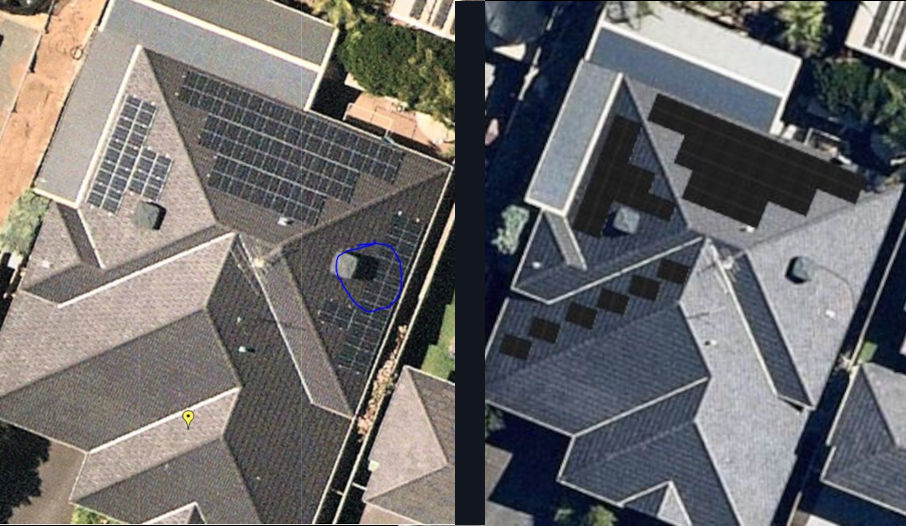
The sales plan on the right here didn’t pan out. In actual installation on the left was still a bit tricky, but a nice big system on a big house.
Shift To Something Genuinely Good
Just like solar power systems, large sales companies aren’t likely to offer great outcomes. Go with a smaller business, a boutique builder or an architect who’s well-versed in passive solar design. I highly recommend inspecting a display home built to PassivHaus standards. Efficient houses are highly insulated and airtight. They use HRV devices to reclaim energy by pumping fresh air through a heat exchanger, so the air gets changed, but the temperature doesn’t.
Now, Here’s The Kicker.
- To meet passive house standards, a house can only leak 60% of the inside air volume every hour.
- Your average new house in Australia, built to NatHERS 6-star design, will leak 1500%
PassivHaus shows what’s possible, but is probably overkill in Australia, it’s the total opposite of an evaporative air conditioning design, where the air volume is turned over every few minutes. However, many Australians have ducted RCAC air conditioning/heating on what is sadly a glorified shed. You have to spend a lot of money pouring energy in to make them comfortable while the house leaks like a sieve.
It’s Time to Turn the Tables: Lobbying and Profitability in the Building Industry
Energy-conscious builders exist, but they’re outliers. Be under no illusion most of the building industry works for you in the same way that Big Tobacco works for their customers; that is, they put their short-term profits above your long-term interests, by actively lobbying to delay increased energy standards.
Read for yourself, but there’s only one passage I can find anywhere from Master Builders Australia that puts sustainability before profitability. They argue against improved standards, instead saying that software and education will improve things, slowly. If they can get subsidised training.
“Through our advocacy work we’re focused on ensuring your (building) business isn’t overburdened by unnecessary red tape”
“The MBA is lobbying for changes to star ratings for new homes to be delayed until 2025.”
“The Master Builders Association (MBA), representing many large developers and construction companies, said more time was needed and the costs would outweigh the benefits.”
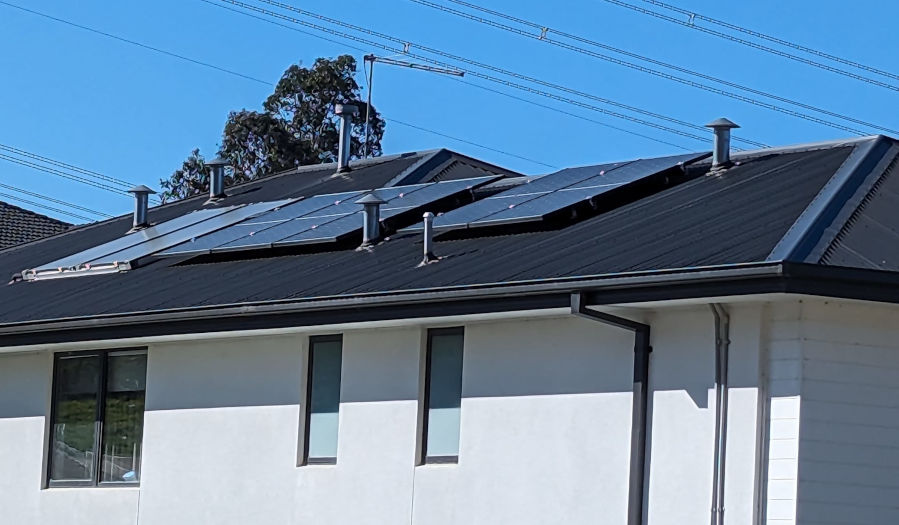
Here we see the benefit of no less than four bathroom vents messing up an otherwise decent roof plane. Image credit: Karl Jensen
So Where Do We Start? Simplicity And Efficiency
The simple answer is: start with simpler roofs. This is an easy win if we explain that it’s cheaper, faster and more efficient to make large rectangular planes instead of complex hips and valleys or problematic parapets and box gutters for a flat roof.
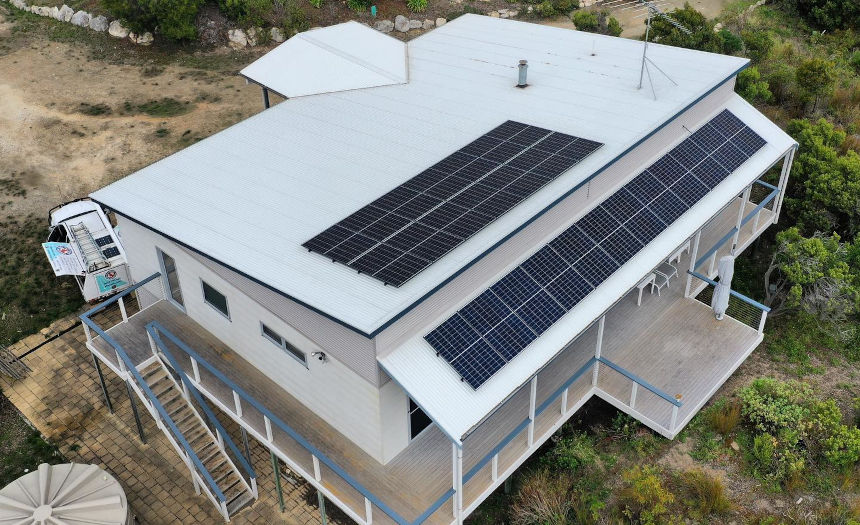
Perfectly simple skillion roof. Image Credit: Josh Sheppard Electrical
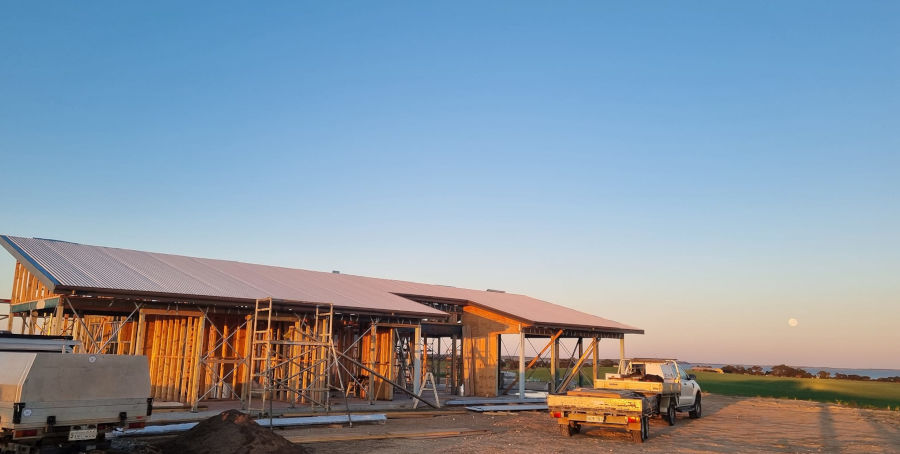
Another skillion, this time on a rendered straw bale house. These off-grid jobs never get old.
If you’re a customer building a new house, demand a split skillion roof with decent eaves and at least a 10° pitch.
If you’re a carpenter or roofer, don’t just accept a square metre rate for any roof, demand a premium for every angled timber or sheet you have to measure and cut.
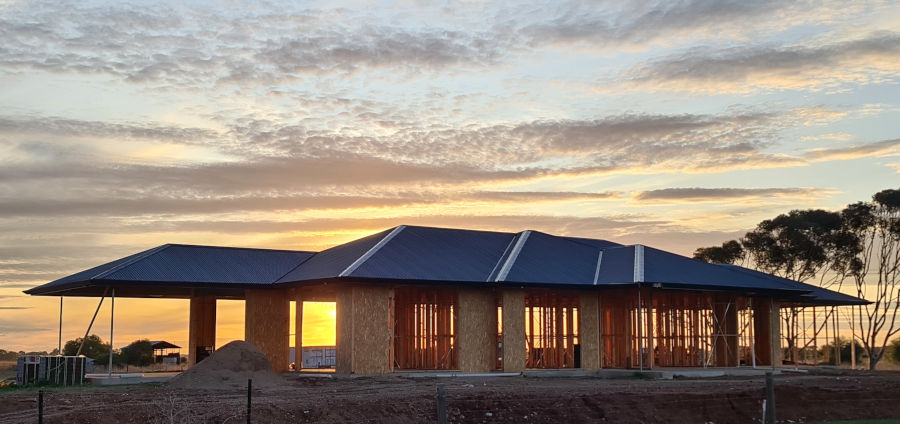
Rural greenfield site, so there’s no space constraint. There’s SIX frontages, not facing the sun, but facing the road so it looks… impressive?
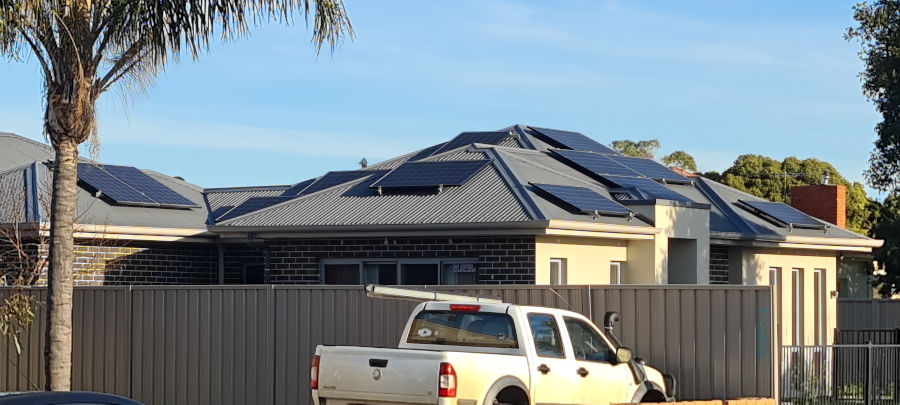
Twelve solar panels littered all over this lunatic roof design shown below.
And if you’re a building company designing these houses, point out to the punters that every step in the wall and every corner in the floor plan costs time and money. Reduce the hard-to-insulate fiddly building outlines, and most of all, think before you press the “apply roof” button on the computer design. Can there be a little extra eave to make the roof, fascia and gutter straighter and faster?
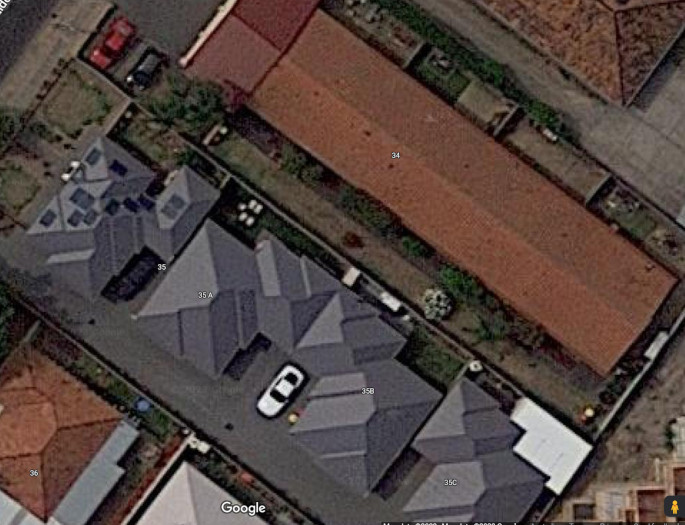
Here we have four houses under one long single red ridge. We call this a roofers roof. Next door, we have four freestanding houses with no less than NINETY-FIVE individual hips, ridges and valleys… and a solar array that’s admirable for its persistence.
East & West Is The New North: Making The Most Of Your Solar
When Time-Of-Use (ToU) retail plans mean that exported electricity at midday is almost worthless, you can triple the value from your solar panels by generating before 10am and after 3pm. If you have trees or other obstacles, don’t forget that a south-facing roof is still worthwhile. In not-so-sunny Melbourne, a 22.5° pitched south-facing roof will still make 95% in summer and 26% in the pits of winter. Who doesn’t want 26% more?
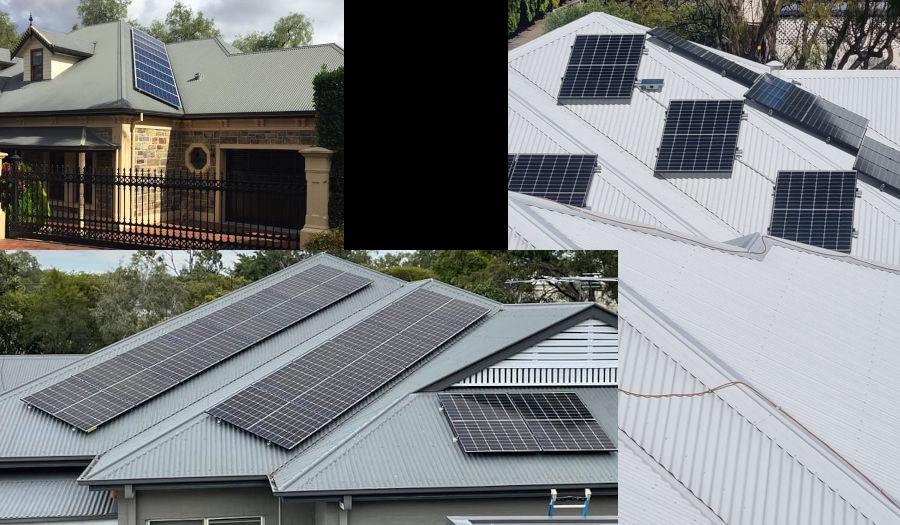
Some solar installers will have a red hot go if you let them.
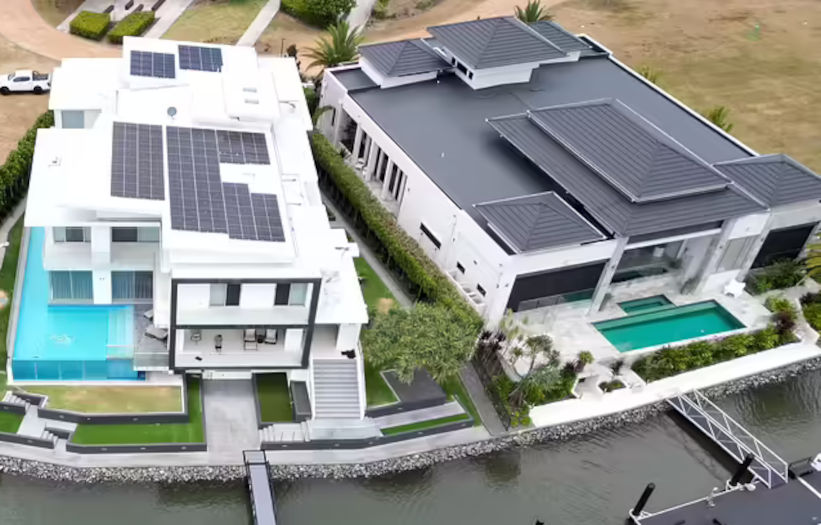
Here’s an expensive waterfront example of an elegant solar skillion versus the fashionable folly of a modern pagoda.
Put The Bricks On The Inside: The Importance of Thermal Mass
Thermal mass is important for comfort, so don’t be afraid to put the heavy stuff inside the insulated building where you control the temperature.
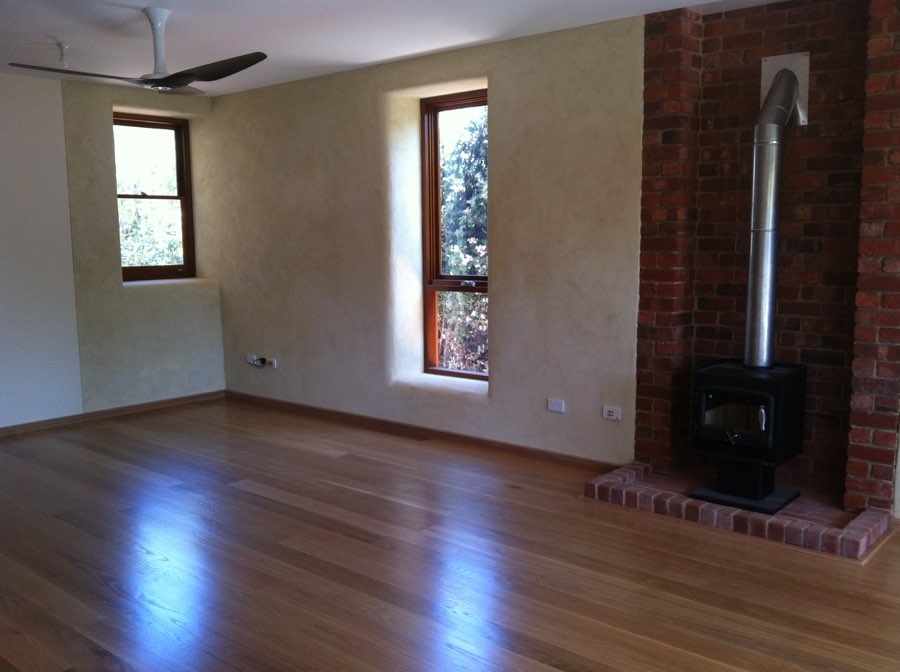
This room in Adelaide will stay warm long after the fire goes out and cool long after the summer sun rises, thanks to the lime render and bricks.

The same room from another angle. Bricks inside. This is the way.
You can clad the outside of a timber framed house with timber, cement sheet or polystyrene, using all the same building ingredients; simply making it reverse brick veneer means it’ll use less energy without any other changes.
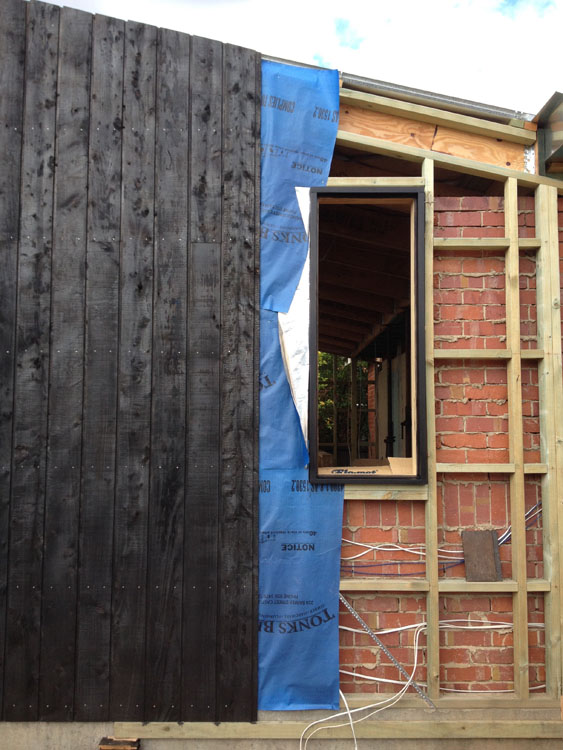
Reverse brick veneer. Image Credit: YourHome / Crosby Architects
Explain it to your builder as a double brick building, but smarter.
Engage An Auditor
I’ve seen first-hand a roofing contractor desperately searching the BCA rule book for a clause that would get him out of having to totally remove and re-lay the roof. Why? His workers had installed sarking as requested by the owner, but they’d pulled it tight, so it looked neat.
The customer was furious because every single metre of the stuff has installation instructions printed on it. Pictures show it should sag between purlins (to create an insulating air gap) and they simply had no clue that was required.
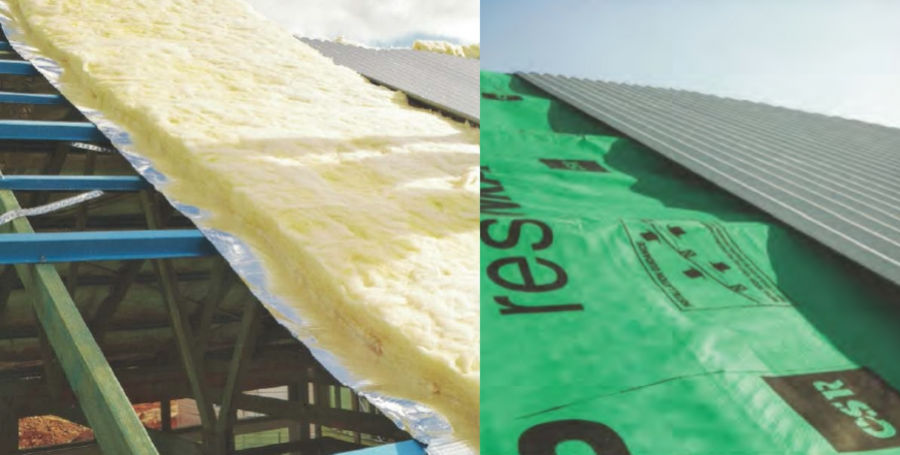
Anticon/Blanket on the left is good. Note the green foil sarking has the correct saggy installation, and a picture printed on it explaining how.
Bulk Up Bulk Insulation.
Just 5% gaps in insulation coverage will lower the value from R2.5 to R1.5, so it’s critical that the builders understand it gets fitted neatly, not stuffed in holes, thrown aside or simply left packed in the plastic bags! You must get the place assessed before the linings go in to make sure you’re getting what you paid for.
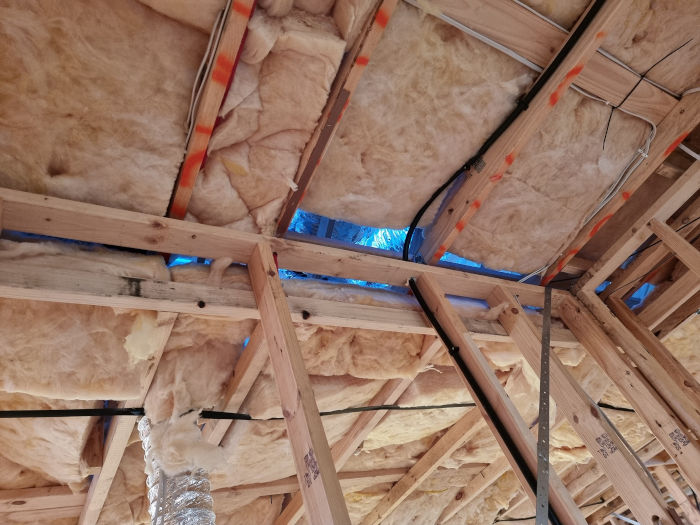
Scrunched in places, gaps in others. This builder argued (wrongly) that it didn’t matter if the insulation wasn’t sitting directly on the ceiling plasterboard.
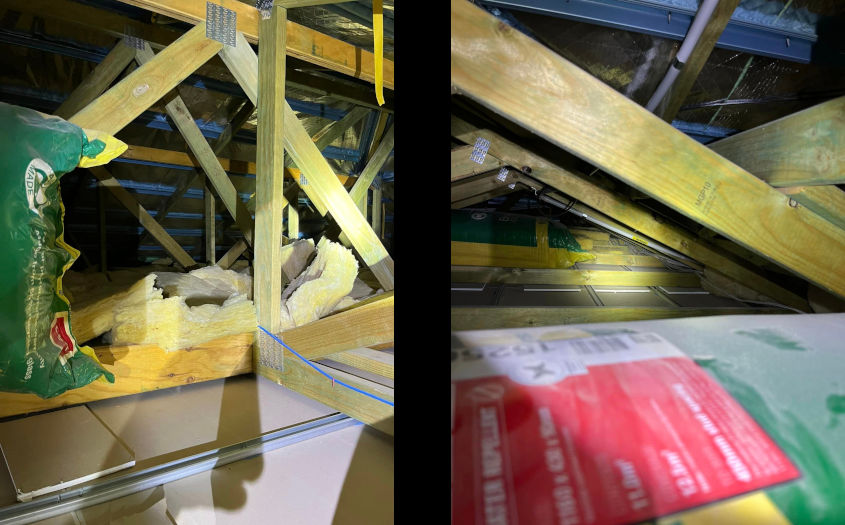
Insulation “installed” in the roof, not that it’ll do any good when it’s still packed in bags.
The Bottom Line
If you’re paying hundreds of thousands of dollars for a new house, don’t accept the keys for something that’s 7 stars as designed, make sure the contract includes 7-stars as built.
Your auditor must test it to see that the finished product performs properly. As consumers, we must demand more from the building industry.
Join us next week as I explain more about designing a roof for solar power and integrating the installation.
Footnotes
- surely dark roofs in a hot climate are a monument to stupidity ↩
Original Source: https://www.solarquotes.com.au/blog/solar-roof-builders/

